I was looking to visualise a categorical variable as marker style in seaborn stripplot, but it does not seem to be possible easily. Is there an easy way to do this. For example, I'm trying to run this code
tips = sns.load_dataset("tips")
sns.stripplot(x="day", y="total_bill", hue="time", style="sex", jitter=True, data=tips)
which fails. An alternative is to use relplot which does provide the option but has no way to insert jitter which makes the visualisation less nice.
sns.relplot(x="day", y="total_bill", hue="time", data=tips, style="sex")
works providing this
Is there any way of doing this using stripplot/catplot/swarmplot?
EDIT: This question is related. However the solution there does not seem to allow generation of a legend for size (and is quite dated).


